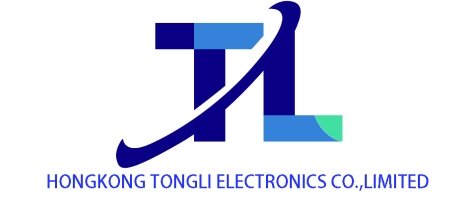The Storage Market Is Changing Dramatically: Significant Price Fluctuations, The Rise Of Local Enterprises And AI Driving Are The Keys
Against the backdrop of today’s technology industry, the storage market is undergoing rapid evolution, with several pivotal trends and developments warranting in-depth examination.
Storage chip prices have exhibited significant volatility recently. Taking DRAM as a prominent case, leading manufacturers such as Samsung, SK Hynix, and Micron are diverting resources from DDR4 production to prioritize higher-margin DDR5 and HBM segments. As per data from Huaxin Securities, DDR4 chip prices have surged threefold over the past two months. This price escalation is primarily attributed to a sharp contraction in supply, coupled with downstream enterprises accelerating stockpiling activities amid concerns over a potential supply crunch by the end of 2025.
Looking forward, Tianfeng Securities forecasts that the storage sector will sustain its upward price trajectory in the third and fourth quarters. For DDR4/DDR5, order visibility extends to the third quarter, with upstream original equipment manufacturers (OEMs) projected to raise DDR4 contract prices by 30-40% in Q3, and a further uptick anticipated in Q4. In the NAND domain, following inventory adjustments by certain server OEMs and Tier 2 internet companies, inventory rebuilding is expected in the second half of the year. Storage OEMs have initiated price negotiations for the new quarter, and with some OEMs aiming to improve NAND profitability, eSSD contract prices are anticipated to rise by 5-10% in Q3.
Chinese storage manufacturers are steadily establishing their presence in the global market. Changxin Storage, a leading domestic DRAM enterprise, commenced listing counseling on July 8, 2025. Founded in 2016, it stands as the largest and technologically most advanced IDM enterprise in Chinese mainland that has achieved mass production of general-purpose DRAM.
Huaxin Securities emphasizes that the development of Changxin Storage and Yangtze Memory Technologies Co., Ltd. (YMTC) holds profound significance for China’s storage and semiconductor industries. They serve as benchmarks for domestic enterprises, drive technological upgrading across the industry, and reduce the nation’s reliance on imported chips. It is projected that by the end of 2025, Hefei Changxin’s share in the DRAM market may reach 10-12%, while YMTC’s global NAND market share, which already stood at 8% in Q1 2025, is expected to climb to 10% by year-end.
In terms of technological advancements, YMTC’s Xtacking 4.0 technology, deployed in 294-layer 3D NAND chips, maintains a leading position in the industry, with Samsung having even secured licensing for this technology. Changxin Storage’s 16Gb DDR5 chips, featured in Guangwei’s DDR5-6000 memory modules, have demonstrated performance comparable to that of international manufacturers’ D1z process nodes, significantly narrowing the technological gap. In niche segments, GigaDevice maintains a leading position in the global NOR Flash market and achieved mass production of 45nm node SPI NOR Flash earlier this year.
The booming development of artificial intelligence has emerged as a key driver of growth in the storage market. As noted by Huachuang Securities, in the context of large-scale model iterations, memory devices need to achieve synchronous advancements in both capacity and performance. Global corporate expenditure on AI storage is projected to reach 7.6 billion in 2025 and is expected to surge to 10.2 billion by 2028.
In the AI server sector, HBM has become a standard configuration due to its high-bandwidth characteristics, with demand forecast to grow by 117% year-on-year in 2025. DDR5 demand is anticipated to rise by 212%, and enterprise-grade SSDs are poised to account for 31% of NAND demand by 2027. On the end-user front, AI-enabled smartphones are driving a 427% growth in demand for LPDDR5X, with the 24GB + 1TB configuration gradually becoming mainstream. AI-powered PCs are also boosting per-device DRAM capacity by 12.4% annually, making 64GB memory a new standard.
The localization drive in the storage market is gaining significant momentum. With data centers, cloud computing, and other downstream industries placing increasing emphasis on security, autonomy, and controllability, domestic memory manufacturers are presented with substantial growth opportunities. Enterprises such as Longsys, BIWIN, and others are enhancing their competitiveness through technological innovation, breakthroughs in enterprise-level products, independent research and development of controller chips, and the application of cutting-edge interface technologies. For example, Longsys has developed PCIe SSDs compatible with domestic CPUs, integrating Sandisk BiSC8 flash memory technology with self-developed controllers based on the TCM model, while BIWIN has launched industry-leading PCIe 5.0 enterprise-grade SSDs (SP5 series, with read/write speeds of up to 13.2/10GB/s) and 96GB CXL memory modules, thereby accelerating the process of domestic substitution.
